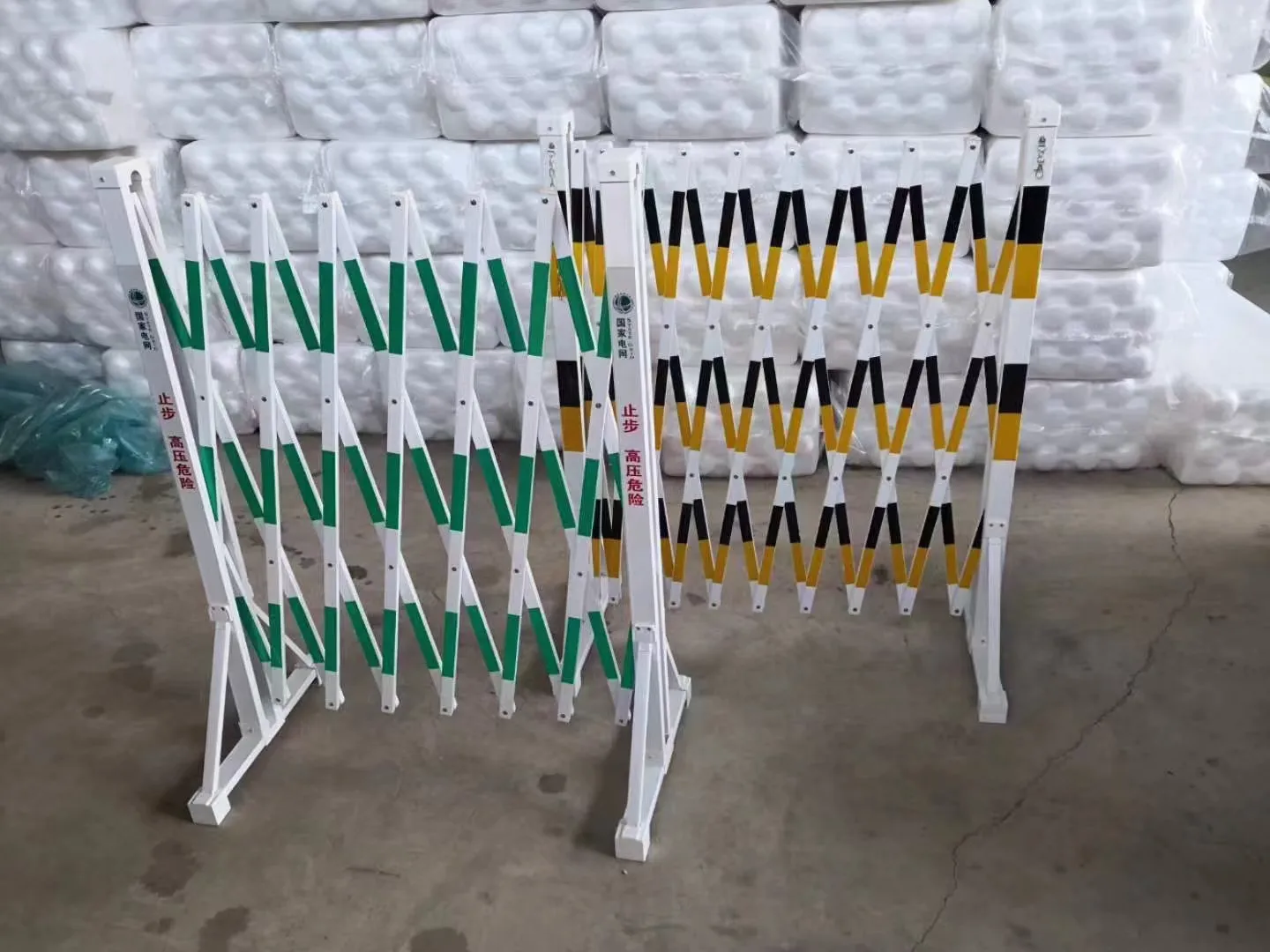loading...
- No. 9, Xingyuan South Street, Dongwaihuan Road, Zaoqiang County, Hengshui, Hebei, China
- admin@zjcomposites.com
- +86 15097380338
- Welcome to visit our website!
well pressure tank
Understanding Well Pressure Tanks An Essential Component in Water Systems
Well pressure tanks play a vital role in residential and commercial water systems, ensuring a consistent and reliable supply of water. These tanks serve as a buffer between the well pump and the plumbing system, allowing for more efficient operation and better management of water pressure. Understanding the function and importance of well pressure tanks can help homeowners make informed decisions about their water systems.
What is a Well Pressure Tank?
A well pressure tank is a specialized container that holds water pumped from a well. It is designed to maintain pressure in the water supply system. When water is drawn from the tank, the pressure inside decreases, triggering the well pump to start refilling the tank. This cycle continues, ensuring a steady supply of water to the home. The pressure tank is equipped with a bladder or diaphragm that separates water from air, allowing for quick pressure changes and reducing the need for the pump to cycle frequently.
How Does a Well Pressure Tank Work?
The operation of a well pressure tank is relatively straightforward. The tank is pre-charged with air, and when the pump fills the tank, water enters and compresses the air above it. This build-up of pressure allows for the water to be delivered at a constant flow. Once the pressure reaches a set point—typically between 40-60 psi—the pump shuts off. When taps are opened in the home, water flows out, and the pressure within the tank drops. When it reaches the lower threshold, the pump activates again to refill the tank.
This efficient system minimizes energy consumption by reducing the frequency of pump operation. Moreover, it helps prevent wear and tear on the pump, extending its life and reducing maintenance costs.
Benefits of Well Pressure Tanks
1. Consistent Water Pressure Well pressure tanks stabilize water pressure, ensuring that it remains consistent throughout the household. This is particularly important for homes with multiple bathrooms or appliances that require a stable water supply.
well pressure tank

2. Energy Efficiency Since the tank helps to minimize the number of times the pump needs to start and stop, it can lead to significant energy savings over time.
3. Reduced Pump Wear Frequent cycling of the pump can lead to increased wear and tear. A pressure tank helps to regulate usage, prolonging the life of the pump.
4. Improved Water Quality By minimizing the stagnation of water, pressure tanks can help improve water quality. Water sitting in a tank for extended periods can lead to contamination, but regular cycling helps keep it fresh.
5. Versatility Well pressure tanks are available in various sizes and types, making it easy to choose one that fits the specific needs of a home or business.
Maintenance of Well Pressure Tanks
Proper maintenance of well pressure tanks is crucial for ensuring optimal performance. Homeowners should regularly check the pressure settings and ensure that the tank is pre-charged correctly. The air pressure should be checked when the tank is empty, generally recommended to be around 2 psi below the cut-in pressure for the pump.
Additionally, it is important to inspect the tank for any signs of damage or corrosion, which can affect its performance and lifespan. Routine maintenance should also include checking the pump and other components of the well system to ensure everything operates smoothly.
Conclusion
In summary, well pressure tanks are essential components of water systems in homes that rely on well water. They ensure a consistent water supply, improve energy efficiency, and extend the lifespan of the pump. For homeowners, understanding how these tanks work and their benefits can help in managing their water systems effectively. Regular maintenance and attention to detail can ensure that a well pressure tank operates at optimal efficiency, providing clean and reliable water for years to come.
-
The Rise of FRP Profiles: Strong, Lightweight, and Built to LastNewsJul.14,2025
-
SMC Panel Tanks: A Modern Water Storage Solution for All EnvironmentsNewsJul.14,2025
-
GRP Grating: A Modern Solution for Safe and Durable Access SystemsNewsJul.14,2025
-
Galvanized Steel Water Tanks: Durable, Reliable, and Ready for UseNewsJul.14,2025
-
FRP Mini Mesh Grating: The Safer, Smarter Flooring SolutionNewsJul.14,2025
-
Exploring FRP Vessels: Durable Solutions for Modern Fluid HandlingNewsJul.14,2025
-
GRP Structures: The Future of Lightweight, High-Performance EngineeringNewsJun.20,2025
